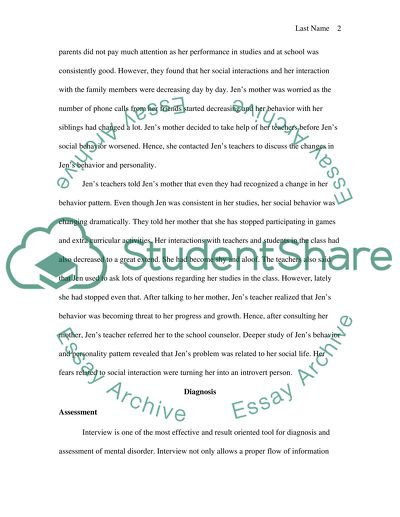Cite this document
(“Psychological Case Study Essay Example | Topics and Well Written Essays - 1500 words”, n.d.)
Retrieved from https://studentshare.org/environmental-studies/1405229-psychological-case-study
Retrieved from https://studentshare.org/environmental-studies/1405229-psychological-case-study
(Psychological Case Study Essay Example | Topics and Well Written Essays - 1500 Words)
https://studentshare.org/environmental-studies/1405229-psychological-case-study.
https://studentshare.org/environmental-studies/1405229-psychological-case-study.
“Psychological Case Study Essay Example | Topics and Well Written Essays - 1500 Words”, n.d. https://studentshare.org/environmental-studies/1405229-psychological-case-study.


